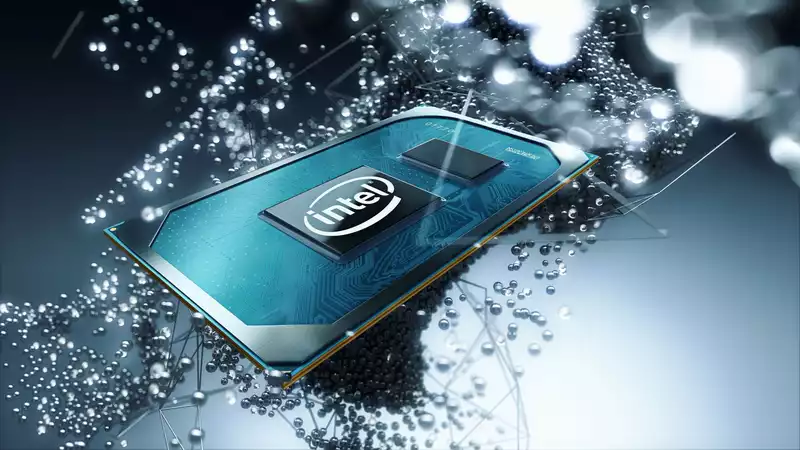After much talk about AI, self-driving cars, and laptops, Intel announced some details about its next-generation processors at today's CES event. We don't know how soon devices with 11th generation CPUs will start shipping, but according to the promo video, they are "coming soon." That would probably be August or September.
Let's be clear that Intel's next CPU, codenamed Tiger Lake, may not be for desktop systems; Comet Lake will probably be first on high-performance desktops next month, and perhaps variants of Tiger Lake will also be on desktop but for now it is laptop territory.
Tiger Lake will include architectural enhancements to improve performance for certain workloads, such as DL Boost optimizations and additional instructions. It will also be the first Intel CPU to integrate Intel's upcoming Xe Graphics, which will be used in discrete cards.
The Tiger Lake demo consisted of Intel showing a laptop running Warframe in "HD resolution". Did Intel mean 720p HD or 1080p full HD? It wasn't clear, and no settings or frame rates were shown. All we can say for sure is that the Tiger Lake-based laptop was able to run Warframe at what we believe to be more than 30 fps.
Intel claims that Tiger Lake doubles the graphics performance of current 10th generation processors (aka Ice Lake), and Ice Lake basically doubled the performance of Intel's previous UHD Graphics 620 solution. What is four times faster than "too slow"? It's hard to say exactly, but you might actually get decent graphics performance out of Tiger Lake. Intel says it will "bring HD gaming performance to millions of users." If Intel's integrated graphics alone could allow any game to be played on modest settings, it would be a big improvement over the status quo.
Intel also mentions general performance gains outside of gaming, "double-digit performance gains, and not just 10%." Adobe showed off several AI workloads using Adobe Sensei. It certainly has the potential to help content creators, and we look forward to testing it in the future. Performance on other workloads is unknown, but depending on the number of cores and threads, Tiger Lake could provide a significant improvement.
There is much more than just performance. Intel showed off a foldable laptop/tablet device powered by Tiger Lake, and the U-series motherboard for the Tiger Lake platform is the smallest U-series board Intel has ever created. This will help pave the way for thinner and lighter devices, along with improved battery life.
The last notice from Intel was about a discrete Xe graphics solution. This will be on a separate laptop, suggesting that Intel is looking to enter the gaming laptop market as well as the desktop graphics card market. Intel also withheld a name during the demo, with this being the first Xe-based discrete GPU, stated that it is codenamed DG1. So while we don't yet know what Intel's dedicated graphics card will be called (as far as I know, "DG1" stands for "Discrete Graphics 1"), we were able to run Destiny 2 at a reasonable frame rate there.
Regardless of how fast the GPUs eventually get, this is going to be an exciting year for Intel graphics. A third powerhouse in the graphics market, improved integrated graphics performance, and extended battery life for gaming laptops are all good things as far as I'm concerned. I look forward to putting this hardware through our benchmarks when it is released.


Comments